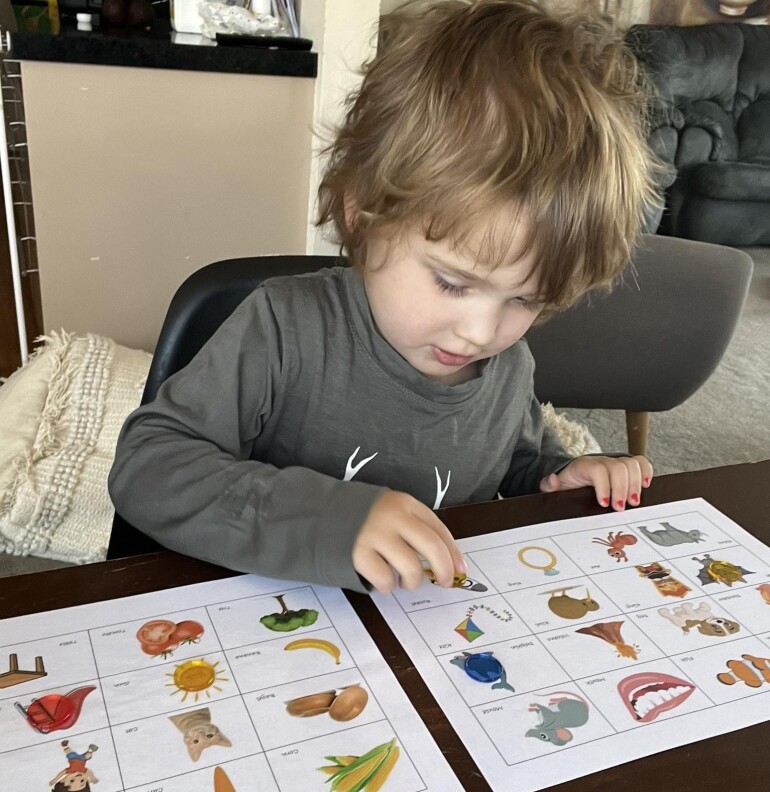News And Events

Fun Ideas: Storytelling Activities
19 April 2024All of our Educators/Nannies will receive a pack of picture cards that can be used as ‘story prompts’. These cards can be used in a variety of ways to encourage storytelling, for example:
- You might start with choosing one card at a time and telling a little story along with actions. Or you might tell the story in different voices (such as a soft voice, deep voice, squeaky voice).
- Each child chooses a card and tells a story about the picture.
- Cards can be placed faced down and each child takes a turn at choosing a card, telling a little story about it, and then the next child chooses a card and continues the story. The story doesn’t have to make sense – imagination is key here!
- It’s NZ Sign Language Week in May, so children could learn to sign the picture!
- Cards include imagery from different cultures in New Zealand. Encourage children to identify their own cultural backgrounds and invite them to tell a story or make their own story card to add to the collection that reflect this. Invite whānau to share any special cultural imagery from home.
- Select 5 different picture cards, put them in a row and then tell a story that includes all of the pictures. You can also act out your story as you go.
Here are more ideas for introducing oral language and storytelling across all the age groups:
Infants:
Start with eye contact and engage with gentle speech, such as “are you hungry?” or “are you telling me a story?” as infants attempt their first sounds; repeat their attempts at initial sounds – this is like a two-way conversation; include actions with words – such as, hand wave with the words bye-bye – you might also include sign language; sing songs and nursery rhymes; hang picture mobiles – for example, animals that you can name and make their sound.
Toddlers:
Talking about routines as you do them, such as getting lunch ready or washing hands; encourage toddlers to share their thoughts by using words such as “where?”, for example “where has it gone?”; pretend play with props, for example pretend baking or supermarket play; reading favourite books together and letting them tell the story as they become more familiar with it – for example you might read “Hairy Maclary from . . .” and let the child finish the sentence.
Young Children:
Look through their portfolio and encourage children to tell a story about themselves and what they see; make up their own story and act it out using dramatic props – this can also be recorded so children can revisit and listen to their story; help children to plan the story by asking questions such as “how does your story start?”, “what happens next?”, and “how does it end?”; combine art and storytelling – children draw a picture and then create their own story about it – you can help to write this down or turn it into a book to read together in the future.
The learning outcomes from Te Whāriki for storytelling include:
Communication Mana reo -
- Using gesture and movement to express themselves | he kōrero ā-tinana
- Understanding oral language and using it for a range of purposes | he kōrero ā-waha
- Enjoying hearing stories and retelling and creating them | he kōrero paki


